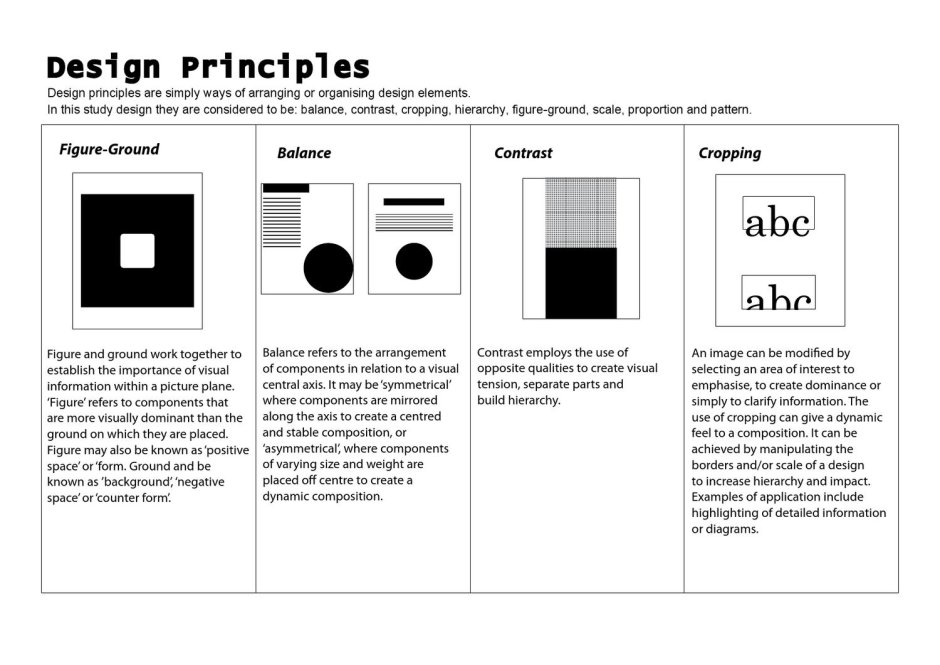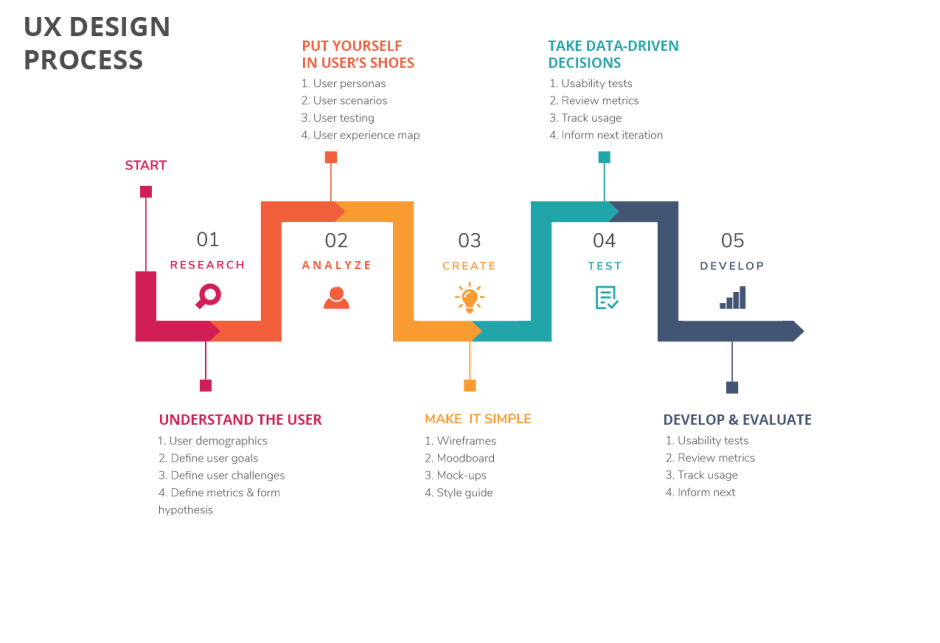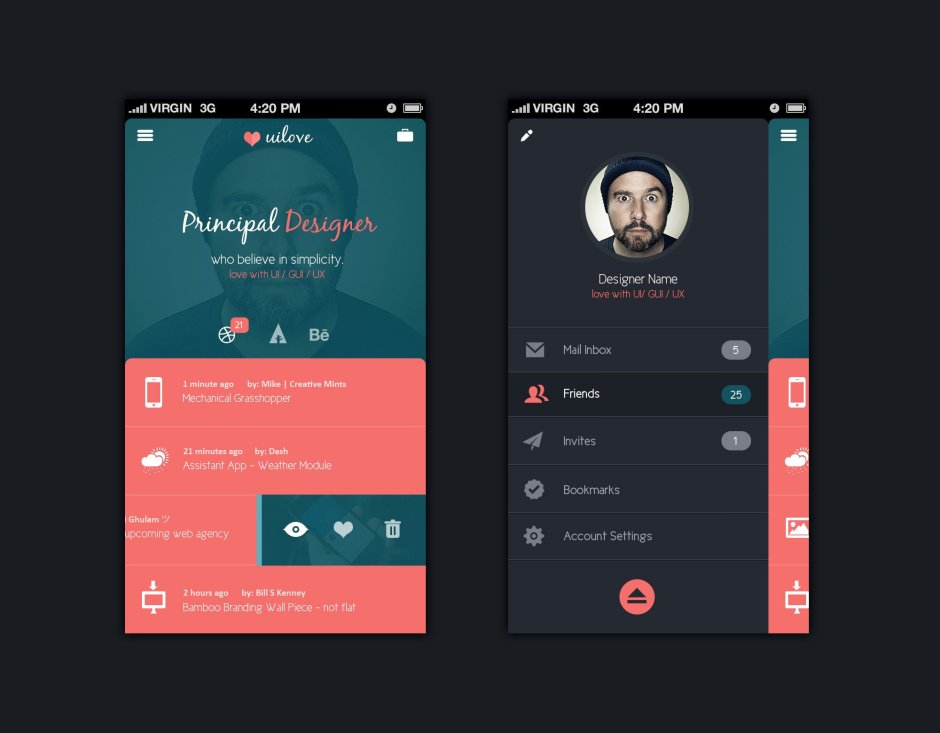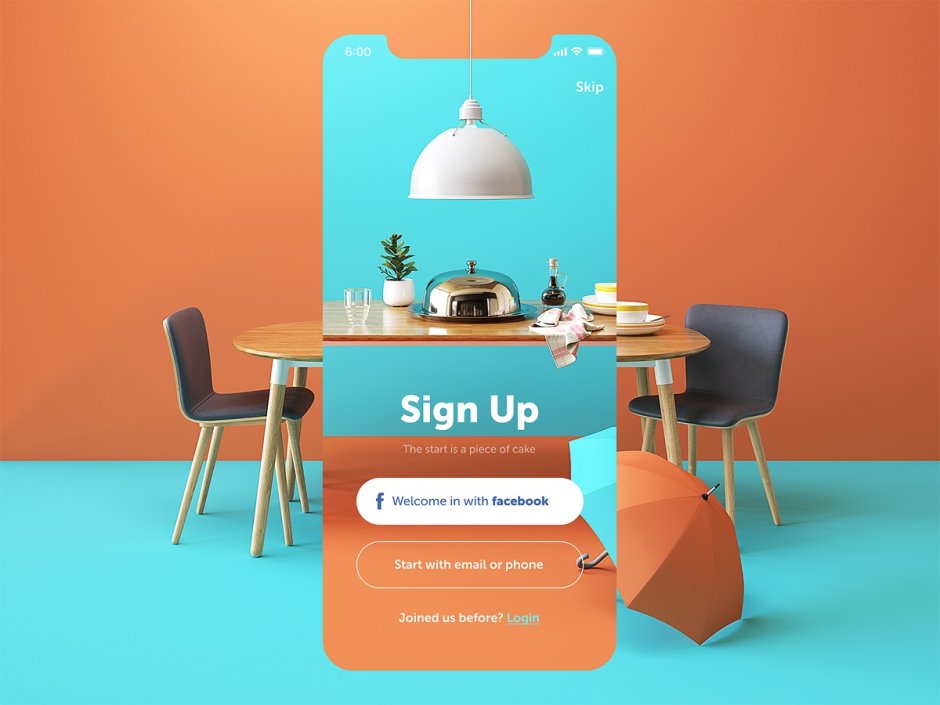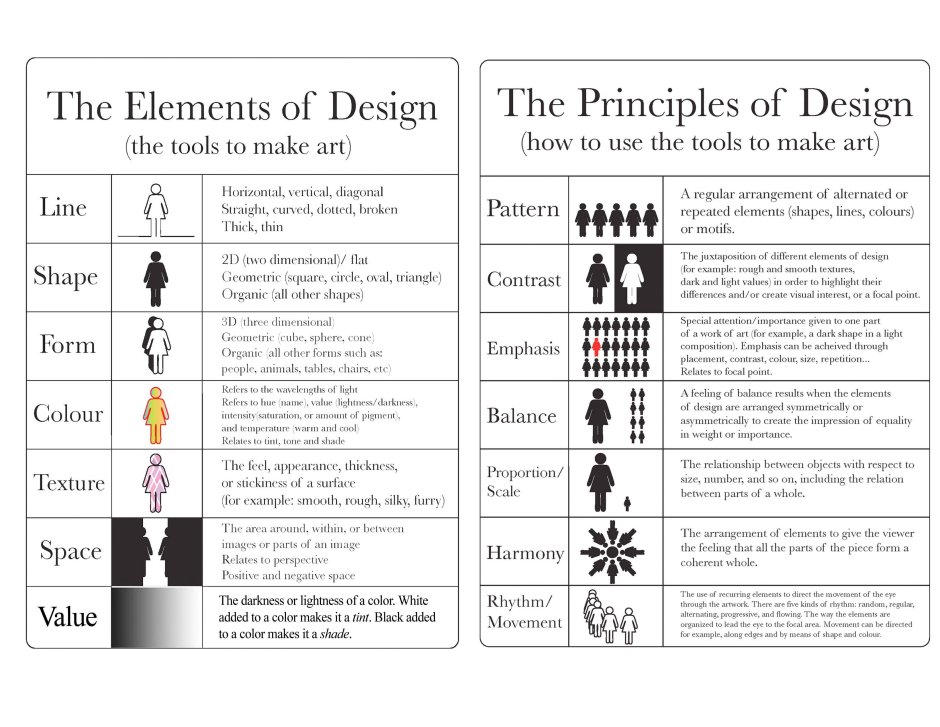The principle of consistency in design
The concept of consistency in design is a fundamental principle that encompasses various aspects of the creative process. It revolves around maintaining uniformity, harmony, and coherence throughout different elements of a design, be it visual or interactive.
Consistency plays a pivotal role in establishing a strong and memorable brand identity. By employing consistent colors, typography, imagery, and layout across different platforms, businesses can create a cohesive and recognizable visual language. This not only enhances brand recognition but also fosters trust and credibility among consumers.
In user interface design, consistency ensures a seamless and intuitive user experience. By organizing elements consistently across different screens and interactions, users can easily navigate through an application or website without confusion or frustration. Consistent labeling, icons, and navigation patterns contribute to a sense of familiarity, empowering users to interact with confidence.
Consistency also extends beyond the visual realm and encompasses the voice and tone of a brand. Using consistent language and messaging across various communication channels helps establish a coherent and authentic brand personality. Whether it's through social media posts, blog articles, or customer service interactions, maintaining a consistent voice strengthens the overall brand experience.
Moreover, consistency in design facilitates efficient workflow and collaboration. When design systems, style guides, and templates are employed consistently, it streamlines the production process and ensures that all stakeholders are aligned. Designers can work more effectively, and developers can implement designs without encountering unexpected variations.
However, it is essential to strike a balance between consistency and innovation. While consistency provides a strong foundation, designers must also explore new ideas and experiment with novel approaches. By infusing fresh perspectives and evolving design trends, they can push the boundaries while still staying true to the core principles of consistency.
In conclusion, consistency in design is a vital aspect of creating impactful and successful visual experiences. It fosters brand recognition, enhances user experience, and promotes effective communication. By adhering to consistent design principles while embracing innovation, designers can forge meaningful connections between brands and their audiences.








































































